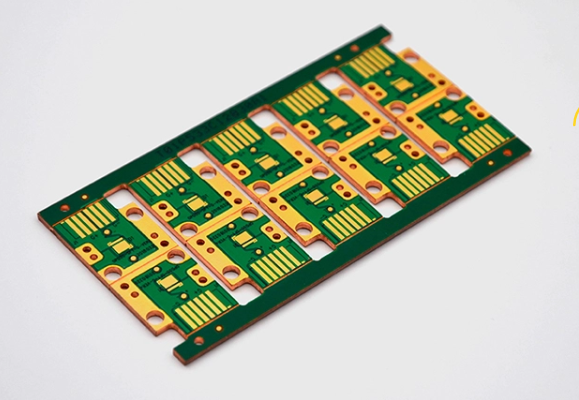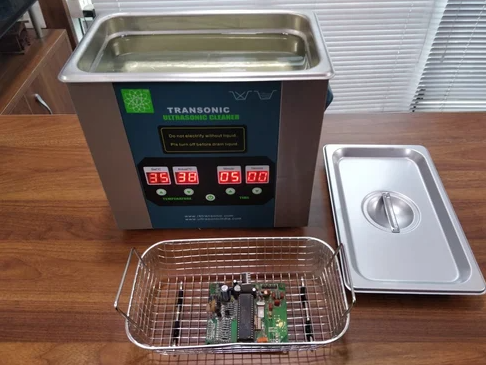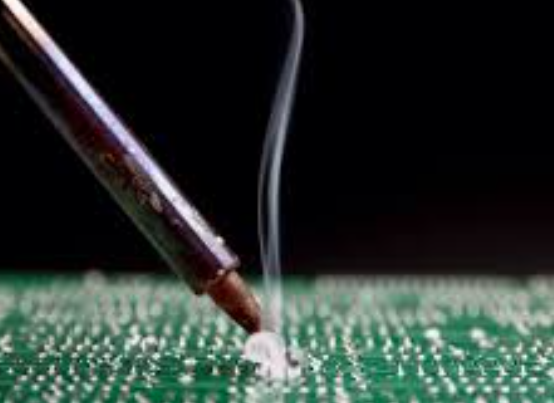Why do cheap appliance break down so often?The answer may lie in their circuit board.
We ‘ve all experience this:a fan bought for cheap only to break down after just one summer,a cheap power bank that won’t hold a charge for long;an eletronic toy on sale at the supermarket that your child plays with for just a few days before it stops working.Theses”short-lived”appliances eventually become discarded as a pile of electronic waste.
You might blame the motor,battery,or casing,but often the real culprit lies hidden somewhere-the printed circuit board (PCB),which integrates all the core functions,Take apart any appliance,and the green board,covered in silver wiring and component ,is its brain and nerve center.The stark difference between cheap and expensive appliances lies in this tiny space.

1.Component Silmming: Invisible Cost Reduction
The heart of a circuit board is the countless electronic component soldered to it.This is where cheap appliances often exploit this problem:
“Cost cutting”and “cutting materials”:
Capacitors are particularly vulnerale.
Capacitors especially electrolytic capacitors,act like the”water reservoir”in a circuit,responsible for filtering and voltage regulation.High-quality appliances use branded capacitors with high-temperature resistance and long lifespans((e.g., 105°C and over 5,000 hours).Cheaper appliances,on the other hand,may use low-quality capacitors with low temperature resistance (e.g., 85°C) and short lifespans. Under high internal temperatures, the electrolyte in inferior capacitors can quickly dry out, bulge, or even burst, directly leading to appliance failure.
Passive component such as resistors and inductors have their accuracy and power margin(”wattage”)significantly reduced.Using a 0.25W resistor where a 1W resistor should be is a significant reduction in accuracy.Long-term operation at extremes will result in significant heat generation and a significantly reduced.Using a 0.25W resistor where a 1W resistor should be is a significant reduction in accurancy.Long-term operation at extremes will result in significant heat generation and a significantly shorted lifespan.
Degraded semiconductor devices:
Cheap products often use”commercial-grade”or even lower-grade core components such as transistors,,MOSFETs,and chips,rather than the more stable and reliable”industrial-grade”or”automotive-grade”ones.These low-end components have poor tolerance to voltage fluctuations,static electricity,and temperature;even a slight power surge can cause them to fail.
2.”Compromise”in PCB Design and Processing The manufacturing process of the circuit board itself is also matter of quality.
Thin copper-clad laminates:The substrate material and copper foil thickness of the circuit board are crucial.Cheap circuit boards use low-end materials like FR-2(Bakelite paper-based)rather than the more durable and heat-resistant FR-4 (fiberglass cloth-based). The copper foil traces are also very thin, easily heating up when carrying high currents. Overheating and long-term use can cause them to peel or break.
”Streamlined”protection circuitry:
This is one of the most crucial differences.High-quality appliances.High-quality appliances have complex protection circuits in their power inputs,including fuses,varistors(surge protectors),thermistors,common-mode inductors,and more.to protect against various unstable power grid surges.
Cheap appliances,however,significantly reduce these “guardians”to save a few cents or even a few cents.Your appliance is like”running naked”on a power grid with frequent voltage fluctions. A thunderstorm or the start-up and shutdown of a neighbor’s high-powered appliance could be its final blow.
Hidden dangers of soldering processes:
Cheap electronics often use wave soldering,and may use low-quality solder.This can easily lead to cold solder joints(pins appear to be soldered,but are actually not making good contact)and cold solder joints(rough, loose connections).Thermal expansion and contraction,or vibration during use can cause these poor solder joints to intermittently connect,causing various erratic malfunctions.

3.Lack of Design and Testing
Copying”public design“;Many cheap electronics lack independent research and development and rigorous testing,simply applying publicy available,simplified circuit designs.These designs often focus solely on “working”without considering long-term stability,electromagnetic compatibility(EMC),and safety margins.
Lack of Testing:Before leaving the factory, legitimate electronic product undergo high-and low-temperature aging tests,vibration test,and high-and low temperature cycling tests to eliminate premature failures.cheap electronics are likely to skip these steps.allowing potentially defective products to enter the market.
Conclusion: We pay more than just money when we choose cheap appliances,we may appear to save on the purchase price,but in reality,we may be paying much more;
Higher replacement costs:Frequent damage leads to repeated purchased,potentially costing more than a high-quality product.
Safety risk:Simplified protection circuits and low-quality components create a breeding ground for safety hazards like fire and electric shock.
Poor user experience:Unstable performance and compromised functionality dampen user experience.
Environmental costs:Rapid obsolescence creates large amounts of electronic waste,increasing the environmental burden.
so,the next time you encounter an “incredibly”low-priced appliance,remember that its price tag stems from comprehensive”cost optimization”by the manufactuter in areas you can’t see-especially within that tiny circuit board.This optimization ultimately comes at the expense of product lifespan,stability,and safety.
As consumers.we don’t have to pursue the most expensive product,but we should learn to choose “value”Paying close attention to brand reputation product certifications(such as 3C certification),and in-house teardowns and reviews will ensure that the applicances we own become reliable companions to our lives,rather than just”disposable”items in our closets.







